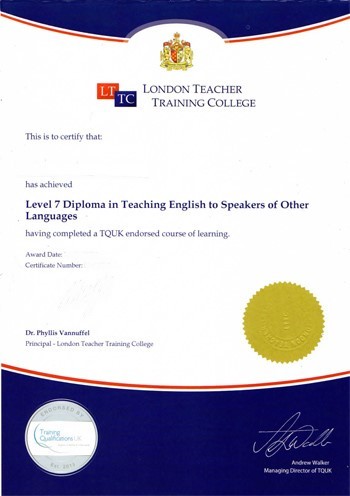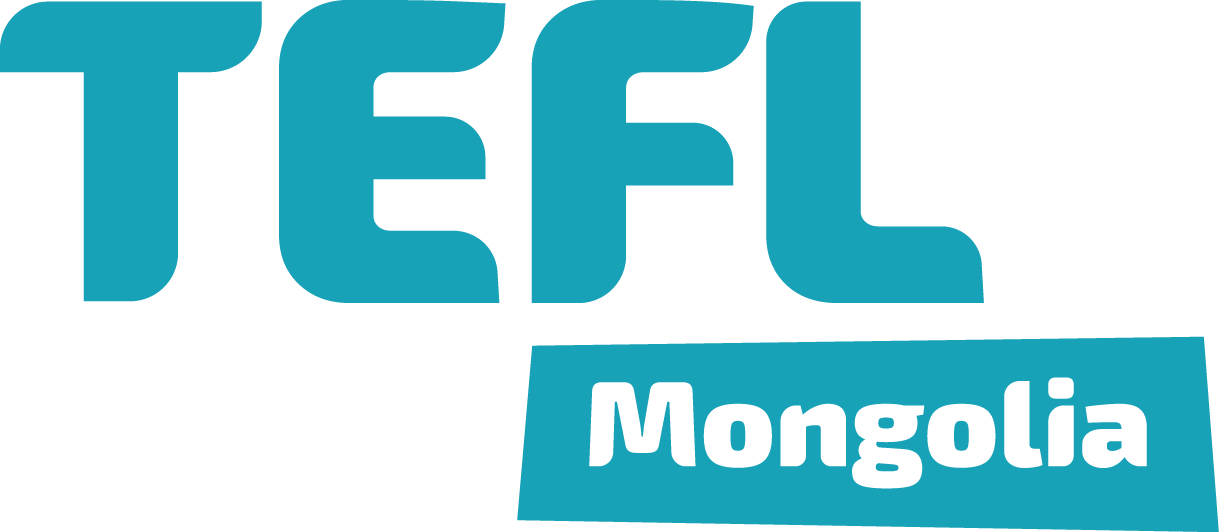
Diploma in TESOL Level 7 Let's get recognised internationally

Take our English Level test to see which is the best course for you
We organize courses for the preparation and training of teachers for the achievement of international certification TESOL for the qualification to teach English to foreigners. The course includes study materials, classroom lessons with one of our qualified teachers, and the final certification issued by the London Teacher Training College (LTTC).
The LTTC is a world-renowned, accredited training center specializing in the study of English as a foreign language. Founded in 1984, its headquarters are in London.
The 8-weeks TESOL Classroom Programme will give students an introduction to the theory and practice of English teaching.
Entry Requirements:
- Minimum 21 years of age
- Any degree holder
- English proficiency: minimum B2 or upper-intermediate
Who can take this course?
-
If you need a English teaching qualification or want to upgrade your existing teaching qualifications
-
If you want a recognised, top-quality TEFL certificate or diploma recognised by employers
Course benefits
-
Globally recognised and respected by employers
-
TQUK endorsed qualification
-
Lifetime qualification
-
Native English Instructor with CELTA and TESOL diplomas
-
Your passport to a career in English language teaching
-
Certificate verification by London Teacher Training College
-
Full printed handbook course material
-
Boost your CV and your future employment potential
-
Interactive classroom based course

Take a look at your future
By the end of this module you should: Introduction: Learners' aims; different teaching situations.Objectives
Contents
Section A
Section B
By the end of this module you should:Objectives
Contents
Section A
Section B
By the end of the unit you should: Tasks and self correcting exercisesObjectives
Contents
Section A
Course aims, sample syllabuses, textbook evaluation.
Role of the teacher, modes of interaction, class layoutSection B
Preparation, presentation, practice, testing, revision
Tasks and self correcting exercises
Essays and work to be submitted
Further reading
By the end of the module you should:Objectives
Contents
Section A
Section B
-
Assignment
- 2 essays each module
- lesson plans
- presentations

